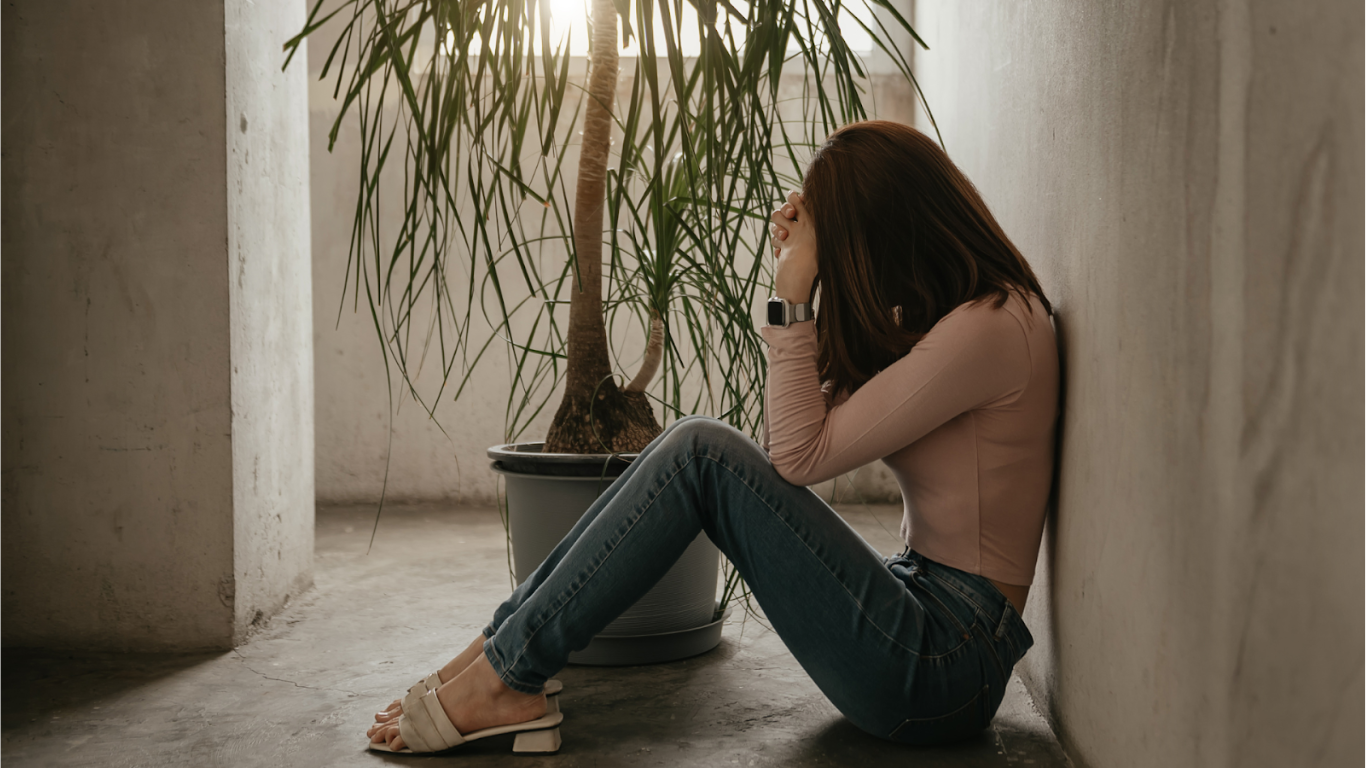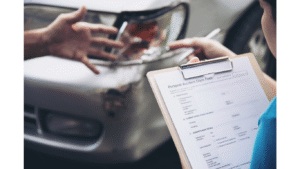Living with both depression and anxiety can feel like being caught in a perfect storm of negative emotions. When these conditions occur together, which happens often, they create unique challenges that can be overwhelming.
If you’re struggling with managing depression and anxiety together, you’re not alone, and there are effective strategies that can help you address both conditions.
1. Seek Integrated Professional Support
Talk to a mental health expert who knows how to treat both depression and anxiety. They can create a treatment plan combining therapy, medication, and check-ins. This ensures both conditions are addressed together.
2. Use Targeted Cognitive Behavioral Therapy (CBT)
CBT helps you notice and change negative thoughts that make anxiety and depression worse. Techniques like cognitive restructuring and behavioral activation are key. It provides a structured way to gain control over both conditions and is often part of a Major Depressive Disorder treatment approach when anxiety is present.
3. Practice Mindfulness Tailored to Both Conditions
Mindfulness helps reduce anxious thoughts and depressive rumination by anchoring you in the present. Start small with deep breathing or guided meditations. Practicing regularly helps you think clearly and feel more emotionally steady.
4. Develop a Dual-Purpose Exercise Routine
Exercise helps you feel better by releasing happy chemicals and lowering stress. Even a 20-minute walk can improve emotional well-being. Focus on consistency rather than intensity for long-term benefits.
5. Prioritize Sleep Hygiene
Poor sleep worsens both anxiety and depression symptoms. Create a consistent bedtime routine and limit screen time. Quality rest restores your mood, energy, and cognitive function.
6. Eat with Mental Wellness in Mind
Nutrition plays a key role in mental health. A balanced, anti-inflammatory diet can help stabilize mood and reduce anxiety triggers. Choose whole foods, healthy fats, and avoid sugar, caffeine, and alcohol. Preparing meals ahead of time can help give your day more structure.
7. Build a Supportive Social Network
Having people to talk to can buffer against feelings of isolation, which are common in depression and anxiety. Reach out to trusted friends or join support groups, whether in-person or online, where you can safely share experiences. Healthy social interaction fosters connection, perspective, and emotional regulation.
8. Create a Routine to Build Resilience
Establishing a predictable daily routine can provide a sense of control, especially when your mood and anxiety fluctuate. Aim for a “flexible consistency” framework: include structured activities like meals, exercise, and relaxation, while leaving room for adjustment based on your energy levels. Doing simple things like making your bed or writing in a journal can help you feel more in control and build positive habits.
9. Identify and Manage Your Triggers
Tracking your emotional patterns can help you anticipate and prevent symptom flare-ups. Use a mood journal or app to record triggers, such as stress, lack of sleep, or certain environments. Once you identify these, you can implement early interventions, like using coping techniques, adjusting your routine, or seeking support before symptoms escalate.
10. Be Kind to Yourself During Setbacks
Progress isn’t linear, and managing depression and anxiety together will come with setbacks. Practice self-compassion during difficult periods instead of criticizing yourself. Recognize your small wins and remember that getting better takes time. Treat yourself with the same patience and kindness you’d offer a loved one, and celebrate every step forward.
FAQs
What’s the best thing for anxiety and depression?
The best approach to managing anxiety and depression involves therapy, improving health, quitting substances, resolving insecurities, coping with stress, processing past pain, identifying triggers, and building stronger relationships with loved ones.
What is the 1 cure for depression?
Medicines and talk therapy help most people with depression. A regular doctor or psychiatrist can give you medicine to ease your symptoms. But many people feel better by talking to a mental health expert like a psychiatrist or psychologist.
What are the coping styles for patients with anxiety and depression?
For patients who tested positive on the AKUADS, the most common way they coped was through religion. Other common coping methods included accepting the situation, getting help from others, and taking action to deal with problems.
Moving Forward with Hope
While dual diagnosis depression and anxiety present challenges, it’s important to remember that effective, personalized treatment is possible. By combining professional help with self-management strategies and building strong support systems, many people find significant relief from both conditions. With the right tools, you can develop the resilience needed to manage these conditions and reclaim your well-being.
Blog as received in the mail






























